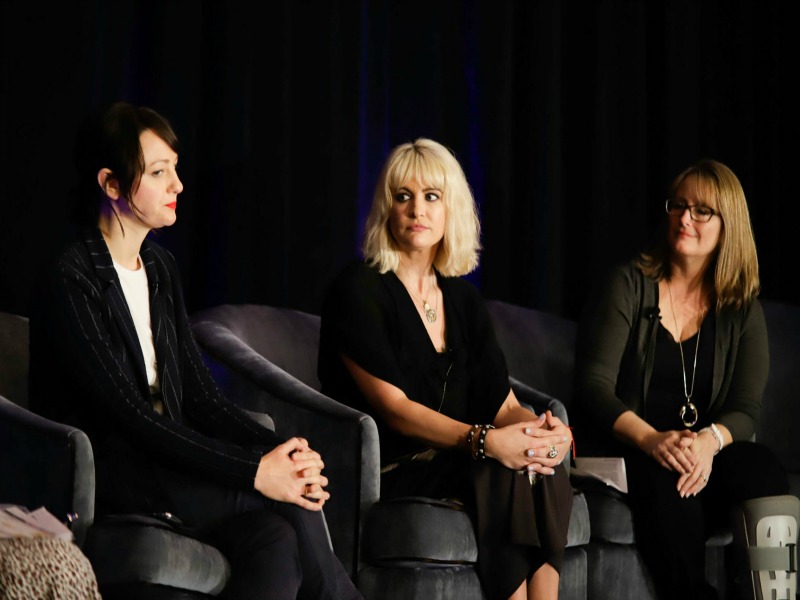Diana Marszalek 14 Feb 2018 // 12:20AM GMT

NEW YORK — With increasingly louder and more influential voices, members of micro-tribes and subcultures are garnering stature as brand ambassadors, able to reach highly targeted audiences that mainstream representatives can’t, according to industry insiders.
“What we are seeing is the real beauty and magic that comes with building a relationship that is authentic and engaging with a smaller community but with super impassioned followers,” said Bonnie Ulman, M Booth’s chief insights and planning officer.
Ulman, along with Covergirl’s Laura Brinker and Refinery29’s Elisa Kreisinger, delved into the subject of micro-tribes and subcultures, and how brands and communicators can best leverage their influence, during a panel discussion at the North American In2Summit Tuesday in New York.
That starts with defining what micro-tribes and subcultures are, and why communicators should pay attention to them.
Micro-tribes, as groups of people who self-identify around a particular trait or passion, are robustly connected both on and off line, providing communicators robust avenues to reach other people like them, who could be anything from pet owners to grown men with an affinity for the My Little Pony brand.
Subcultures, on the other hand, are defined as groups challenging the mainstream. Whereas historically that often meant being written off by brands, they should actually be embraced for being ahead of the curve in terms of bucking convention, panelists said.
Take, for instance, teenage girls. Kreisinger, a Refinery29 executive producer, said she sees them as one of communicators’ great untapped resources.
“Throughout history young women have been at the forefront of every change or cultural movement,” Kreisinger said, adding that teenage girls have long been ahead of trends, including technology. “They are a unique subculture that isn’t looked positively upon yet they have one of the best track records of predicting success.”
Members of micro-tribes and subcultures bring other sought-after traits as well, panelists said. According to Ulman, 67% of micro-tribe and subculture members are loyal; 59% reward companies they support; and they are more forgiving than most. “These groups welcome brands,” she said.
Additionally, members of these groups are actively engaged both in real-life and online, so that companies that tap them to participate in an activation, for example, can attract their attention, and influence, across digital platforms and vice versa.
A recent Covergirl event in New York, for instance, resulted in considerable Instagram sharing. “You are seeing themes that make social media so popular translate into the real world,” said Brinker, who is Covergirl’s VP of influencer marketing.
Members of micro-tribes and subculture are also prolific in spreading their message, which, Ulman said, could be a boon for brands as well as “creative inspiration.”
“It’s really exciting to see these stale walls come down where brands and products and companies have an opportunity to engage with their constituents and consumers in whole new ways from information to content creation,” she said. “If we’re talking to the right people, we are going to have meaningful conversations.”


































.jpg)




















